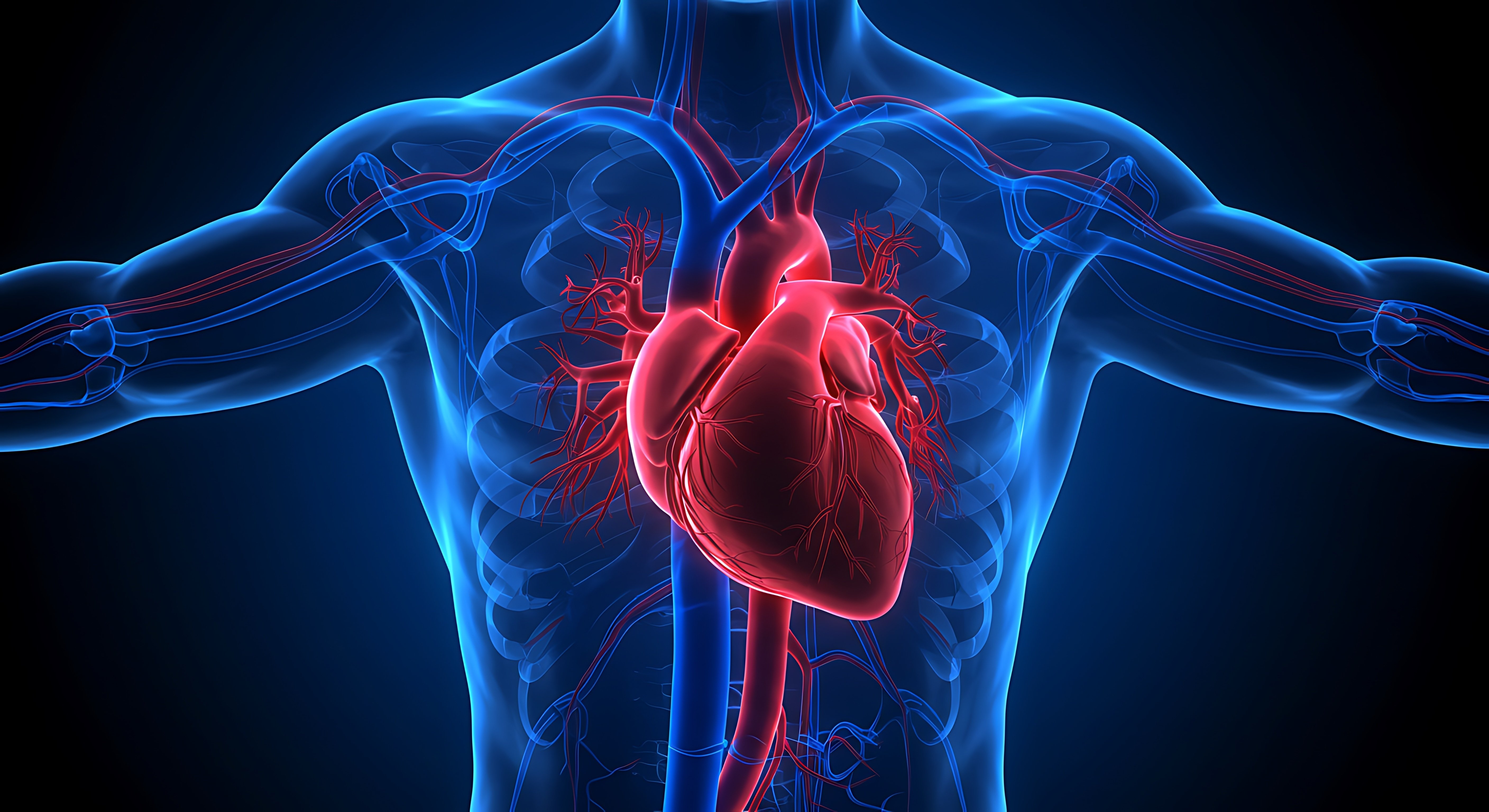Like many others, lockdown has changed not only the daily rhythm in my home but the members of the ensemble. My days begin around 7am, with feeding my small flock of chickens, and draw to a close with a constant mewing from around half four when my cat reminds me that, regardless of what the clock might say, it really is dinner time.
At Mewburn Ellis, we have been talking about how the food of the future will need to rise to the challenge of feeding more and more people worldwide, whilst increasing sustainability and nutrition across the board. However, it is not just the human food system that needs an overhaul.
To meet rising demand in consumption, world meat production is projected to double by 2050. This will inevitably place a significant strain on the environment – livestock production contributes 14.5% of all human-induced greenhouse gas emissions and uses 8% of global water supply. Perhaps more critically, however, a third of global croplands are used for livestock feed production, particularly to provide the protein-rich soya required to fortify grain-based feed.
It is not just farm animals whose stomachs need filling, but also a surprising number of pets. 49% of UK adults own a pet and, in this country at least, there are more cats and dogs than cattle and pigs. The impact of feeding cats and dogs is compounded as, being carnivores, their food itself has to eat and, contrary to popular opinion, most pet food utilises products which are fit for human consumption. There is an urgent need to identify and develop new sources of animal feed, and particularly those rich in nutritious and palatable protein.
Beating the early bird to the worm - insect-based foods
The capacity of insects to convert waste into useable biomass is well-documented. The black soldier fly (Hermetia illucens) in particular has emerged as a leading candidate as a result of their rapid larval life cycle and ability to feed on a wide variety of organic matter including kitchen and food-industry waste. Black soldier fly larvae (BSFL) have long been raised as a feed by reptile keepers and are beginning to expand out of this niche into other uses.
In the pet food sector, insect-based foods are an emerging trend. Since getting my cat, I have seen frequent adverts for Lovebug kibble. Made from BSFL fed on surplus vegetables, it takes up to 80% less land than beef per kilo of protein. This highlights a challenge peculiar to the animal food sector. Cats have more stringent dietary requirements than dogs due to their evolutionary history as obligate carnivores, are unable to synthesise the amino acid taurine and must instead find it in dietary sources. Tailoring the composition of animal feeds to the specific dietary needs of different species, whether through breeding and selection, genetic engineering, or downstream processing, will be necessary as the technology rolls out, and could provide opportunities for innovators to specialise and secure strong IP positions to influence niche markets.
Insects can also play a role in an agricultural setting. Entec Nutrition have developed a poultry feed based on mealworms (larvae of the Tenebrio molitor beetle), familiar to many as wild bird food, raised on by-products from the brewing industry. Meanwhile, Protix processes BSFL into protein meal, lipid oils and wet purees which can be used to make dog, pig, poultry and fish feeds. In a similar fashion, innovators may identify lucrative opportunities in the processing, blending and refining insects into end-products even if they do not raise these themselves. This is particularly important when considering IP strategy – whilst patent protection for breeding and raising insects may be difficult to obtain, a strong position could be built from overlapping coverage for the processing steps, finished products, and growth systems needed to effectively launch in the market.
Cellular agriculture – feeding cats from vats
Cellular agriculture – growing animal cells or those producing animal proteins in a bioreactor similar to those used in the brewing industry and harvesting the results – has the potential to revolutionise the food industry, and this is no less true for animals.
Bond Pet Foods have isolated the genes necessary for the production of dietary proteins from chickens and expressed them in a sugar-fed yeast to produce high quality proteins identical to those produced conventionally. The proteins are then blended with plant-derived ingredients to form animal feeds like dog treats. Meanwhile, “Because, Animals” are developing “Harmless Hunt”, a cat treat that incorporates cultured mouse meat. As mouse cells are well-studied in pharmaceutical and basic scientific research, effective culture techniques are already mature. Taking advantage of the wealth of knowledge in the pure research sector could provide short-cuts to profitable products, reducing R&D spend. This is good news for the food scientists as well as for cats, even if I suspect mine will remain a purist for the thrill of chasing down an unsuspecting mouse.
Whilst neither of these products are yet available for sale, their projected launch will be significant both for the pet food industry and cellular agriculture as a whole. As animals are less squeamish and fussy than humans, they may prove a vital market for increasing the acceptance of cultured meat products. Innovators in this field would be remiss to focus solely on human consumption, and a robust and well-drafted IP portfolio could be leveraged to directly enter or out-license into different sectors.
Out of thin air? Bacterial fermentation and alternate feedstocks
One drawback of the approaches listed above is that, ultimately, they require an energy input which ultimately is derived from useable food calories. Whilst they are effective at converting low-value substrates such as food waste and cheap sugars into high value dietary proteins and fats, they cannot eliminate the need for agricultural land to raise animal feeds. However, some techniques avoid this by utilising bacteria which can process non-edible substrates into high quality feed proteins.
Calysta utilises methane as a primary energy source in their bacterial fermenters to produce FeedKind proteins which are used in aquaculture and to supplement pig feeds. This method has minimal land use and water requirements and, whilst methane sourced from natural gas comes with the associated carbon footprint, this would be dramatically slashed by converting to biogas.
Some technologies may not only provide low carbon feeds, but carbon negative ones. Nottingham-based Deep Branch employ a process where by bacterial fermentation transforms carbon dioxide, produced as a waste product from power generation, into protein. Trials using these proteins in poultry and aquafeed production are already underway, using carbon captured at Drax Power Station. Innovators who, like these, are able to recycle waste or offset carbon released by other industries may be able to leverage this to their advantage, as the opportunity to trade carbon credits could attract investors or provide an alternative revenue stream.
Is the future animal-free?
We have previously discussed how future food technologies may displace the need for animals in the raising of meat. This begs the question – if we can produce meat or meat analogues directly, why involve the animals at all? Instead of developing novel animal feeds, can’t we simply do away with the animals altogether?
From an entirely practical point, whilst cellular agriculture is undergoing rapid growth, it is still in the early stages of development. It is therefore likely that the global food system will still require animals at least in the short and medium term. Even when adopting a long view, it seems unlikely that conventional agriculture will be completely discarded.
Moreover, even if we were able to do away with the need for farm animals, it seems unlikely that we would want to do so completely. When the car displaced the horse as an everyday mode of transport, the horse became the preserve of hobbyists. Horses today enjoy lives of relative comfort compared to those 200 years ago, even if there are considerably fewer of them about. It seems likely that even once cellular agriculture reaches maturity, some farm animals will be preserved whether for ecosystem management, scientific, or sentimental reasons. This is not to mention pets, whose companionship is valued above and beyond their “utility”. It appears that my days will continue to begin with letting out the hens before breakfast, even if I will be sitting down to a plate of cell-cultured bacon to go with my eggs. Meanwhile, my cat is unlikely to care if her dinner is made from insects or conjured out of thin air… so long as it arrives on time.
This blog was originally written by Andrew Tindall.
Adam is a Partner and Patent Attorney at Mewburn Ellis. He works with biotech companies to build and manage their patent portfolios, drafting patent applications and co-ordinating prosecution worldwide. Adam has particular experience handling portfolios relating to therapeutics (particularly immunotherapies, including adoptive cellular therapies), antibody technology, diagnostics, and regenerative medicine.
Email: adam.gregory@mewburn.com


